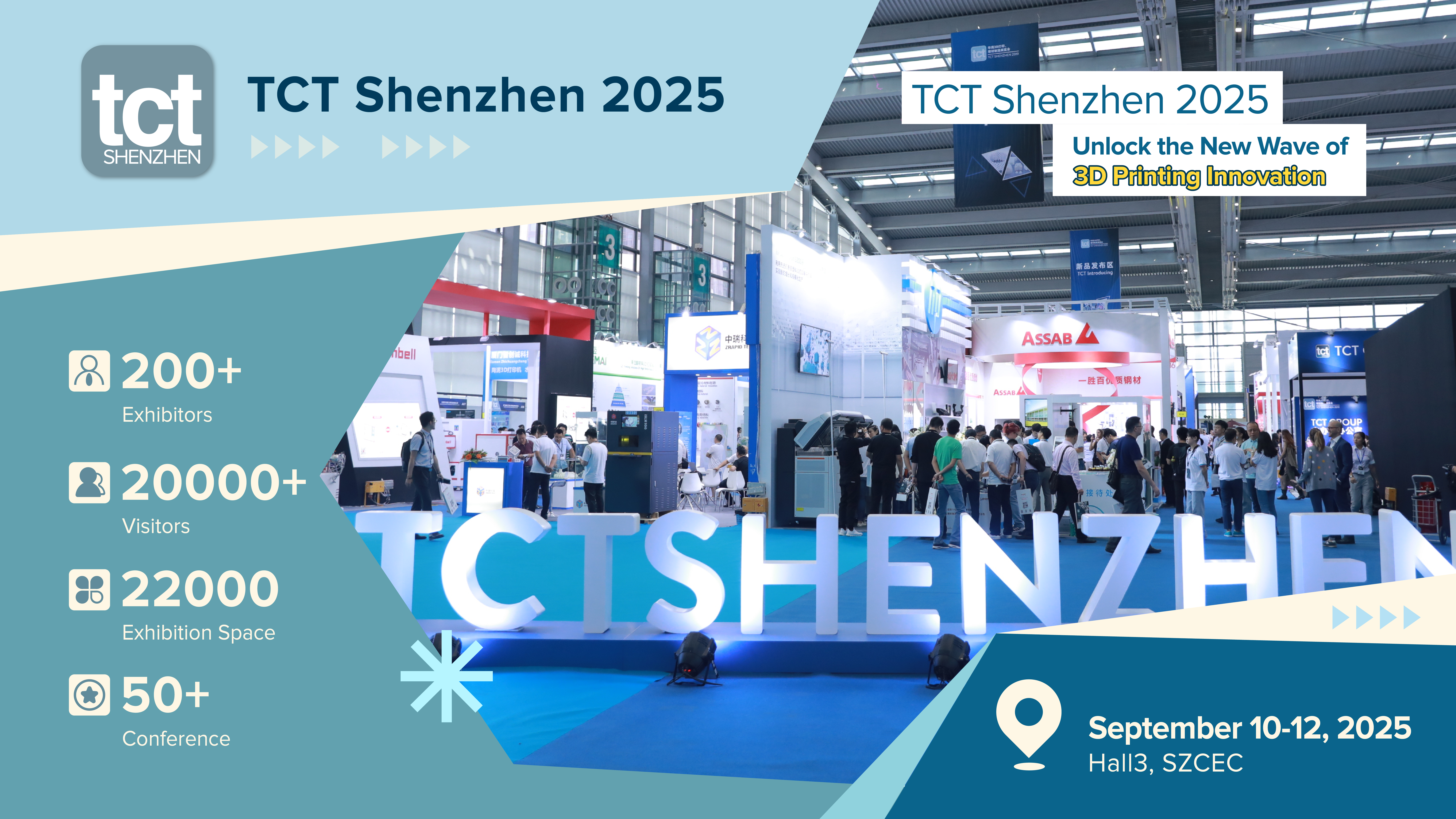


 CN/EN
CN/EN



 CN/EN
CN/EN

3D printing technology has evolved significantly since its inception in the 1980s. Initially limited to single-material prototypes, advancements in additive manufacturing have led to the development of multi-color 3D printing and multi-material 3D printers, revolutionizing product design and manufacturing. These innovations enable the creation of realistic, functional prototypes and end-use products, reducing the need for traditional assembly while enhancing product aesthetics and performance.
Multi-color 3D printing allows the production of objects with multiple colors in a single print, enhancing visual appeal and realism. Multi-material 3D printing enables the combination of different materials, such as rigid and flexible polymers, to create complex, functional components in a single process.
With the rapid advancement of 3D printing technology, multi-color and multi-material 3D printing have emerged as transformative tools for product development. These innovations offer several key advantages:
1. Enabling Complex Geometries and Multi-functional Integration
o Reduces the need for assembly by integrating different materials into a single print.
o Allows for the creation of intricate designs that are difficult or impossible with traditional manufacturing.
2. Improving Aesthetics and User Experience
o Produces realistic prototypes with color gradients and material variations.
o Enhances consumer products with improved ergonomic designs and textures.
3. Reducing Product Development Cycles and Lowering Costs
o Shortens prototyping lead times by eliminating the need for multiple production steps.
o Reduces material waste and production costs by optimizing the use of diverse materials.
The real-world impact of multi-color and multi-material 3D printing is evident across various industries, where companies leverage these technologies to enhance innovation, efficiency, and customization. Below are some key examples of how different sectors are benefiting from these advancements.
Full-color Multi-material 3D Printing in Automotive Design
At Audi’s Plastics 3D Printing Center in Ingolstadt, Germany, multi-material 3D printers play a crucial role in accelerating design verification. Audi engineers use the Stratasys J750, a full-color, multi-material 3D printer, to produce highly detailed and functional prototypes, such as tail light covers. This approach has reduced prototyping lead times by up to 50%, overcoming the limitations of conventional manufacturing.
Multi-material 3D Printing in Custom Medical Devices
In the medical industry, multi-material 3D printing enables the production of patient-specific devices, such as prosthetics, implants, and surgical guides. By combining rigid and flexible materials, manufacturers can create more functional, durable, and comfortable medical solutions tailored to individual patient needs.
Multi-material 3D Printing for Product Development
The consumer electronics sector benefits significantly from multi-filament 3D printers in developing ergonomic and functional designs. Companies like Speedo use multi-material 3D printing to prototype swimwear accessories with varying levels of flexibility and durability, optimizing product performance before mass production.
The TCT Asia 2025, held from March 17th–19th at the NECC (Shanghai), successfully showcased cutting-edge advancements in multi-material and multi-color 3D printing. Attendees witnessed the unveiling of next-generation printers, materials enabling unprecedented design capabilities, and expert insights from global industry leaders.
From enhanced precision to real-world applications across automotive, healthcare, and consumer electronics, TCT Asia 2025 confirmed the vital role multi-material 3D printing plays in shaping the future of design and manufacturing
Following the success of the Shanghai edition, attention now turns to TCT Shenzhen 2025, scheduled for September 10–12, and TCT Asia 2026, returning to Shanghai in March 2026. Both events promise to continue advancing dialogue, technology, and adoption in the additive manufacturing space.
Pre-registration for TCT Shenzhen 2025 is now open: Click here to register and secure your place at the forefront of 3D printing innovation in southern China.
The evolution of multi-color and multi-material 3D printing is transforming industries by enabling complex, high-quality, and functional product designs. As these technologies continue to advance, upcoming events like TCT Shenzhen 2025 and TCT Asia 2026 will be essential platforms for collaboration and innovation, connecting industry pioneers with the tools and insights that drive the future.